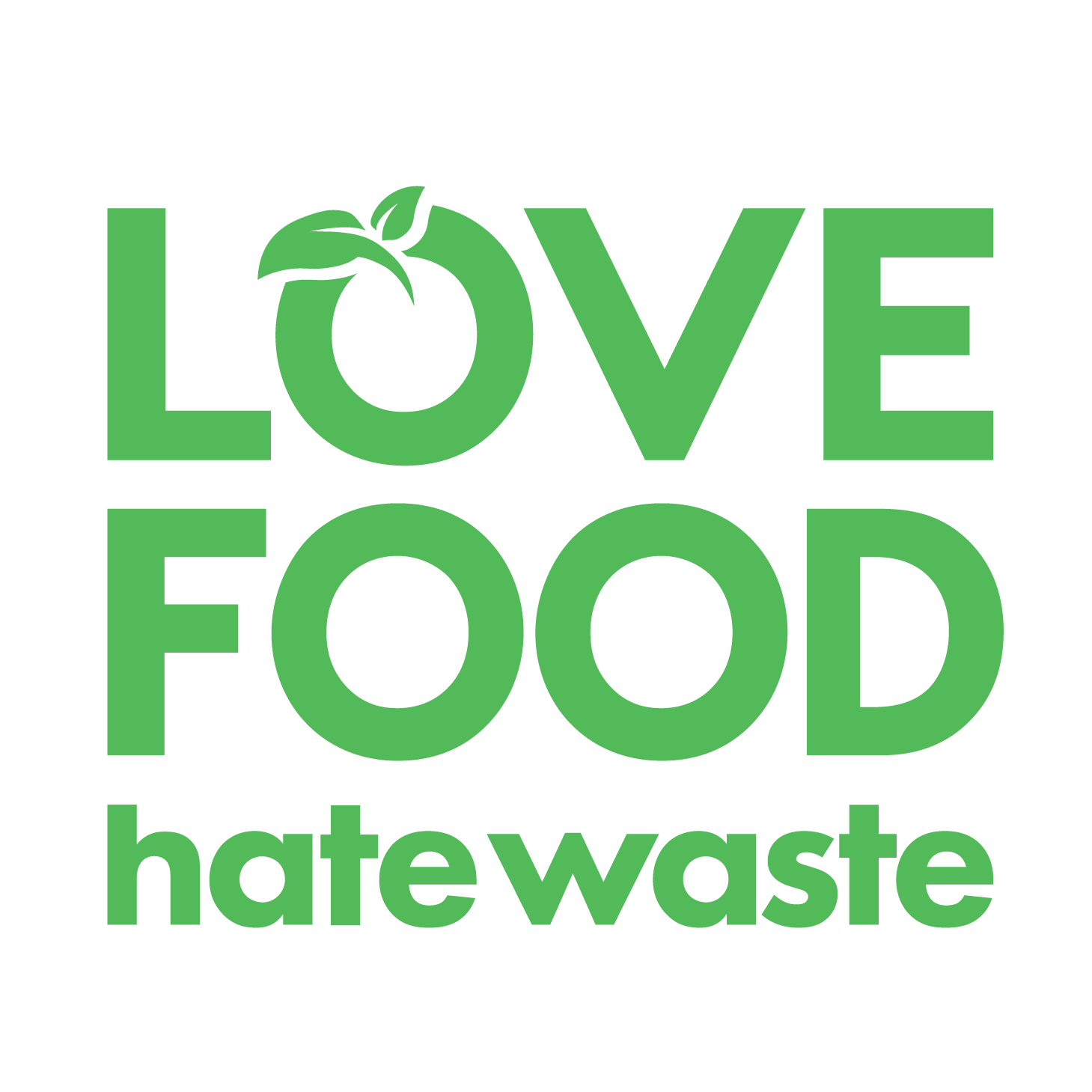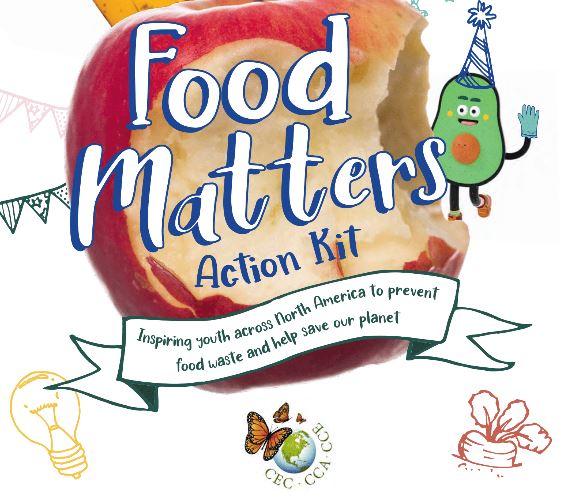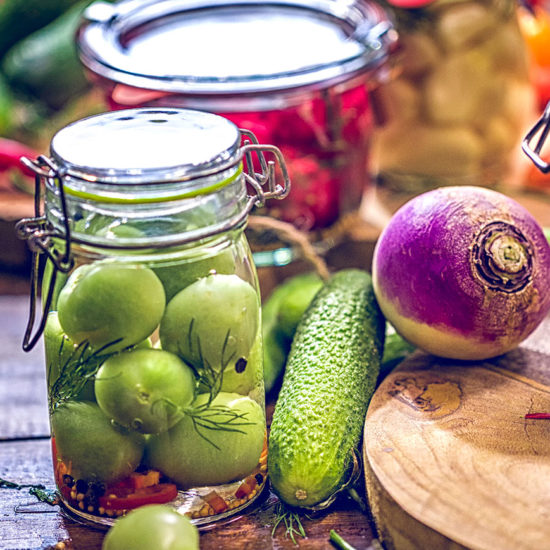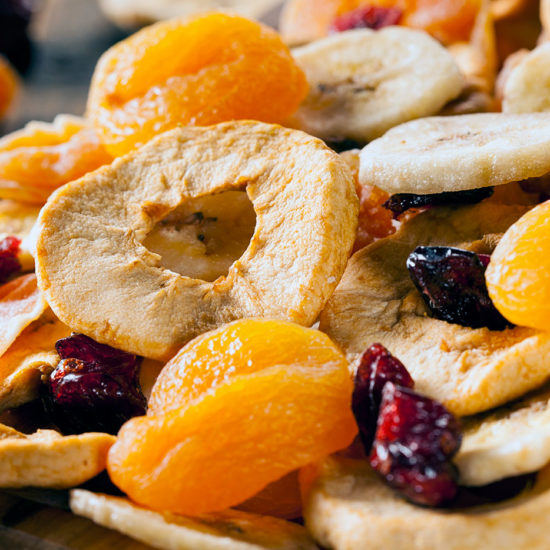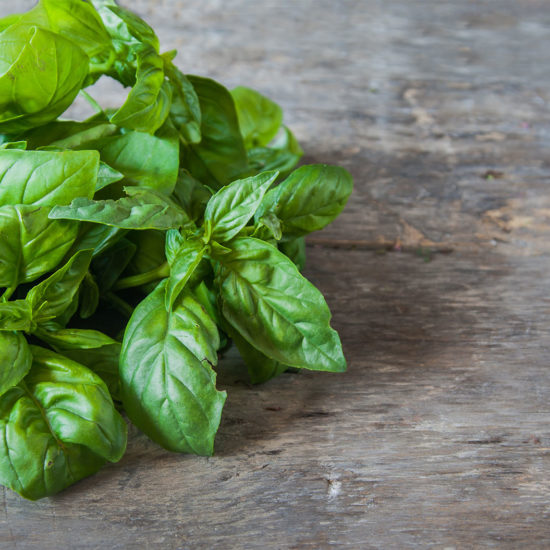Youths Take Action
Are you a youth or educator and ready to take action to help prevent food waste and save the planet? We have a fun, inspiring, action kit to get you started to take simple actions in your community! LFHW Canada is
Baking Tips – Use Up and Save
[vc_row][vc_column][edgtf_section_title position="" text_font_weight="" text="The good news for even occasional bakers is that many ingredients have a long shelf life and are fine to use even after the best before date – flours, sugars, raising agents, flavourings, syrup, and all sorts
Canning Step-By-Step
[vc_row][vc_column][vc_column_text]Canning reduces food waste and allows you to enjoy summer flavours all year round. When selecting produce to preserve, choose ripe, high quality fruits and vegetables. In canning, food is preserved by slowing down its natural decomposition. Home canning can
Drying Fruits & Vegetables
[vc_row row_content_width="grid" css=".vc_custom_1489141722466{padding-top: 129px !important;padding-bottom: 150px !important;}"][vc_column][vc_row_inner][vc_column_inner css=".vc_custom_1525460468606{padding-left: 50px !important;}"][vc_column_text]Dehydrated fruits and vegetables are a nutritious snack and a great way to enjoy seasonal produce all year round. Even better – you can make them at home using your oven
Recipes Ideas
[vc_row][vc_column][vc_empty_space][vc_column_text]Find delicious recipes for using up extra ingredients and leftovers, from overripe berry streusel cake to a “fridge harvest” frittata.[/vc_column_text][vc_empty_space][vc_masonry_grid post_type="post" max_items="-1" element_width="3" item="11952" grid_id="vc_gid:1525878912744-9167b514-6106-5" taxonomies="218"][vc_empty_space][/vc_column][/vc_row]
Waste Less With Kids
[vc_row][vc_column][vc_empty_space][vc_column_text]Conservation doesn’t come naturally for many of us — especially when it comes to food. For new parents, this becomes readily obvious as they have to beg and bribe their kids to finish a meal. But it's also a chance to
Five Ways to Revive Food
[vc_row][vc_column][vc_empty_space][vc_column_text]Don’t give up on that droopy celery just yet. Often a quick fix in the kitchen can transform would-be throwaways into healthy, hearty meals. Yes, even if it’s a bit stale, burned, or questionably seasoned. So, before throwing it in your green
Best Before Dates
[vc_row][vc_column][vc_empty_space][vc_column_text]
The truth about best before dates
According to research conducted by Second Harvest, 23% of avoidable food waste in Canada is caused by the misuse and misunderstanding of best before dates. Do you need to be throwing away perfectly good food? We know that the date labels can be a bit confusing. This guide will help you make sense of them and, as a result, save your food from being thrown away while it’s still perfectly edible. You’ll be surprised by how much this could save you on your shopping bill by helping you get the greatest value from your food that you buy.[/vc_column_text][vc_empty_space][vc_empty_space][/vc_column][/vc_row][vc_row][vc_column][edgtf_tabs type="vertical" skin=""][edgtf_tabs_item tab_title="BEST BEFORE DATE"][vc_column_text]‘Best before’ dates refer to quality: your food will be at its peak freshness, taste and nutritional value before the best before date if packaging is intact and stored correctly.
Best before dates and expiration dates are not the same:- Best before dates are about how long an unopened product will keep its freshness, taste and nutritional value
- Expiration dates are about food safety
The history of best before dates
Best before dates were introduced in Canada in 1976, and were originally meant for food items with a shelf life of 90 days or less to help consumers understand how long products like dairy and fresh baked goods would maintain their peak quality.How best before dates are being used today
Today, despite being unregulated and unnecessary for products lasting over 90 days, best before dates appear on nearly all shelf-stable foods that do not spoil easily. This has contributed to consumer confusion and unnecessary food waste. Best before dates are determined by manufacturers and retailers, not by food safety regulations.How to read a best before date
Best Before dates in Canada are always written in the same format: Year/Month/Day (If year is not needed for clarity, the date will be written as Month, Day.) Here is a list of the abbreviations by month:- JA: January
- FE: February
- MR: March
- AL: April
- MA: May
- JN: June
- JL: July
- AU: August
- SE: September
- OC: October
- NO: November
- DE: December
Learn more about best before dates from the Canadian Food Inspection Agency
- How to check it out before you chuck it out
- Read what’s the tea on best-before dates: 6 ways they help you at home and while shopping
- Discover three facts about best before dates that can save you money
What you may begin to notice
The more familiar you get with the different labels, the more your confidence around food will grow. You’ll soon get used to inspecting the food with best before labels rather than relying on just the date on the label. Over time, you’ll begin to realize just how much more edible food is being eaten and saved from the garbage.[/vc_column_text][/edgtf_tabs_item][edgtf_tabs_item tab_title="EXPIRATION DATE"][vc_column_text]‘Expiration Dates’ refer to nutritional specifications: you must not eat food past the expiry date.
Expiration dates are required only on certain foods that have strict compositional and nutritional specifications which might not be met after the expiration date. There are only five types of food in Canada that should contain expiration dates. They are:- formulated liquid diets (nutritionally complete diets for people using oral or tube feeding methods)
- foods represented for use in a very low-energy diet (foods sold only by a pharmacist and only with a written order from a physician)
- meal replacements (formulated food that, by itself, can replace one or more daily meals)
- nutritional supplements (food sold or represented as a supplement to a diet that may be inadequate in energy and essential nutrients)
- human milk substitutes (infant formula)
Not all foods will have a ‘best before’ or ‘expiry date’.
- 'Packaged on' dates are used for foods packaged by a retailer with a shelf life of 90 days or less. They must be paired with durable life information—either a ‘best before’ date or the number of days the product will stay fresh. Together, these will help you understand how long an unopened product will maintain its quality. This label is often found in the deli, bakery or meat counter where a store is likely to package their own food.
- 'Use by' can only be used in place of 'best before' for prepackaged fresh yeast. It must be presented in the same form and manner as the 'best before' date.
- 'Sell By', 'Prepared On', 'Freeze By' or 'Manufactured On' are other voluntary date labels that may be applied to food products as long as they are not misleading and meet appropriate requirements.
